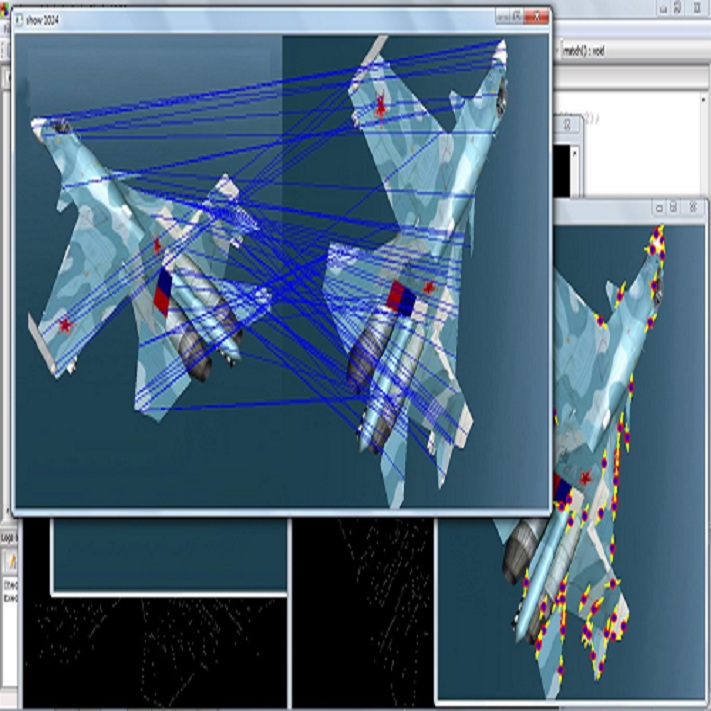We study the performance of CLAIRE -- a diffeomorphic multi-node, multi-GPU image-registration algorithm, and software -- in large-scale biomedical imaging applications with billions of voxels. At such resolutions, most existing software packages for diffeomorphic image registration are prohibitively expensive. As a result, practitioners first significantly downsample the original images and then register them using existing tools. Our main contribution is an extensive analysis of the impact of downsampling on registration performance. We study this impact by comparing full-resolution registrations obtained with CLAIRE to lower-resolution registrations for synthetic and real-world imaging datasets. Our results suggest that registration at full resolution can yield a superior registration quality -- but not always. For example, downsampling a synthetic image from $1024^3$ to $256^3$ decreases the Dice coefficient from 92% to 79%. However, the differences are less pronounced for noisy or low-contrast high-resolution images. CLAIRE allows us not only to register images of clinically relevant size in a few seconds but also to register images at unprecedented resolution in a reasonable time. The highest resolution considered is CLARITY images of size $2816\times3016\times1162$. To the best of our knowledge, this is the first study on image registration quality at such resolutions.
翻译:我们研究CLAIRE的性能,这是一个具有数十亿伏氏菌的大规模生物医学成像应用中的双光度多节、多GPU图像登记算法和软件。在这样的分辨率上,大多数现有的二光色图像登记软件包都非常昂贵。因此,从业者首先大量减少原始图像的样本,然后利用现有工具对其进行登记。我们的主要贡献是广泛分析降格对登记工作效果的影响。我们通过将与CLAIRE获得的全分辨率登记与低分辨率的合成和真实世界成像数据集登记进行比较来研究这一影响。我们的结果表明,完全分辨率登记可以产生更高的登记质量 -- -- 但不总是如此。例如,将合成图像从10243美元降为256美元,然后用现有工具将其从92%降为756美元。然而,对热度或低相调高分辨率图像的差别并不明显。CLAIRE不仅在几秒钟内登记临床相关图像,而且还在前所未有的分辨率上登记图像。 16 最高分辨率为CAR 16 最高的分辨率是我们最高级的分辨率研究。



